A volcanic eruption under the Reykjanes Peninsula remains a likely outcome as seismic activity continues. A 15 kilometer magma intrusion has formed under a residential area.
Since midnight, 900 earthquakes have been detected in the area. Seismic activity has remained stable, according to a statment released by the Icelandic Met Office today. Magma continues to flow under the surface and the largest concentration seems to be near Sundhnúkur, just north of the town of Grindavík. Sundhnúkur is a row of craters formed during a previous eruption in the area, from before settlers arrived in Iceland.
In the last few days, earthquakes and the threat of a volcanic eruption have had a major impact on the peninsula, home to around 30,000 people, a number of tourist attractions and Keflavík international airport. On Friday, authorities declared a national state of emergency. Since then, Grindavík has been completely evacuated, scattering over 3,000 residents to homes of family members and rescue centers.
Popular tourist destination, the Blue Lagoon, has been closed due to its location near the magma intrusion, while neighbouring Svartsengi geothermal plant also remains at risk.

An assessment from authorities, compiled and made public on Saturday, indicated that magma was flowing at a deep of 800 meters. Þorvaldur Þórðarson, professor of volcanology at the University of Iceland, has argued that magma may already be even closer to the surface and that, in all likelihood, an eruption is imminent. There is still a chance that an eruption happens under the sea and a steam-blast eruption, which was previously thought highly unlikely, remains a possibility.
Volcanologist Ármann Höskuldsson has said that Saturday's assessment indicates that a grave scenario could unfold in Grindavík. He compared the situation unfavorably to the eruption in Vestmannaeyjar off the south coast of Iceland in 1973, which threatened to destroy the small town on the archipelago's largest island.
Roads and fields come apart
Residents from a designated area of Grindavík have been allowed to return to their homes, accompanied by trained responders, in order to collect necessary items, including their pets, life-saving medicine and passports. Law enforcement agencies emphasize that this decision is not taken lightly, that it involves risk and that all returning residents must register outside of town and be escorted to their homes by responders.
Grindavík has been hit hard by the earthquakes since activity started. Roads and sidewalks have been torn apart and a deep chasm appeared in a nearby golf course. Residents have attempted to rescue livestock, such as horses and sheep in fields and barns, but have been constrained by orders from the authorities. "I find it upsetting that the authorities allow residents to return for inanimate objects, but don't consider the welfare of animals," said local Arnar Kárason. He was a part of a group that rescued all 22 of the town's horses, who had been left behind when the town was first evacuated in the early hours of Saturday morning.
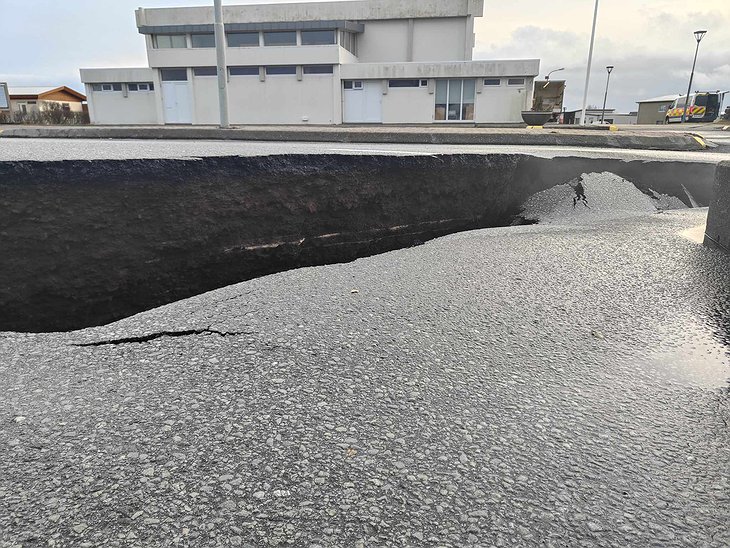
Many roads on the Reykjanes Peninsula have been closed for traffic. Keflavík international airport remains in full operation and traffic to and from Reykjavík is unaffected.
Infrastructure defense bill debated
Prime Minister Katrín Jakobsdóttir has submitted a bill on the construction of defense structures to protect infrastructure in the area. The bill is the only issue on today's agenda of Alþingi, the national parliament. Ms Jakobsdóttir has stated that she expects unanimity on ratifying the bill.
Since March 2021, three eruptions have taken place on the peninsula around the volcano Fagradalsfjall. The eruptions have not affected infrastructure or populated areas. The slow-flowing lava, conversely, became a tourist attraction for hiking locals. Before the eruption of 2021, volcanic activity on the peninsula had remained dormant since the 12th century.
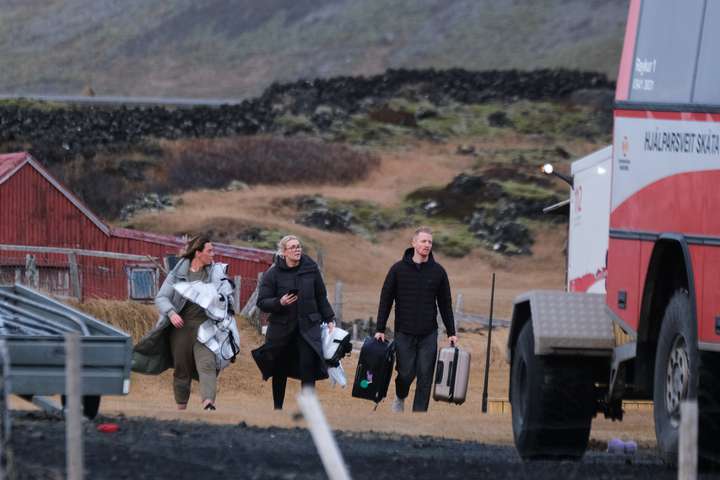

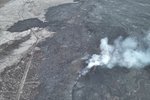
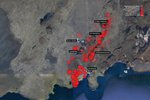
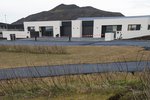
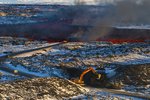










































Athugasemdir